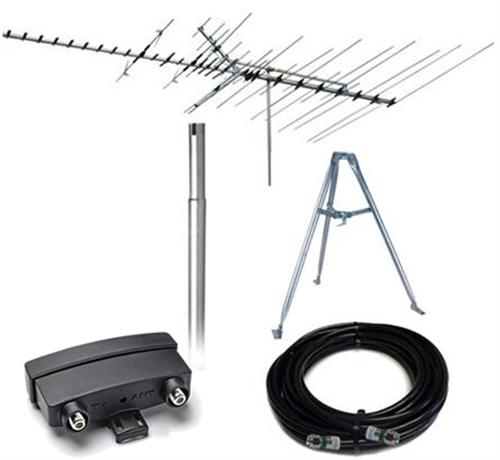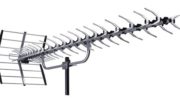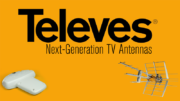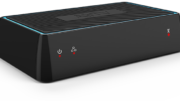Ever wonder why antennas look like this? There’s a lot of science involved in antenna design, and while the whole thing is technically considered an antenna, the part that actually receives the signal is usually a small X-shaped or looped section somewhere in the middle. In the photo above, you might be able to see it at the left just before the reflectors, which are the parts that point up and down.
But, the rest isn’t just for show
The rest of the antenna’s just there to make that little part work better. You might remember that the angled parts on the back are reflectors, which aim signal at the back side of the receiving element so you get twice as much receiving area. Now it’s time to talk about the directors, which are the things sticking out in front. You’ve probably seen these for years, as part of old-school antennas:

On this photo, the directors are the part at upper left that kind of look like the blades of a hedge trimmer.
What directors are there to do
Directors act like a lens helping the signal go where it is supposed to. If you think they don’t look much like a lens, you’re right there, but that’s how they act. The precise location of the horizontal bars actually re-radiate the signal strongly in one direction and cancel it out in other directions. There’s a good reason to do that…
…actually there are two good reasons.
First of all you’re basically pushing more signal where you need it and less signal where you don’t. Second, you’re focusing the signals you really want and rejecting the signals you really don’t. In the photo at the top of the article, you’ll a long string of directors pointing straight ahead. Other antennas use more directors pointed toward the ground than straight ahead.. In most parts of the country signals cannot bounce effectively off the sky (in smoggy Southern California they do actually do this) so it’s more helpful to catch bounces off the ground instead.
By rejecting signals that the antenna doesn’t want, there’s an added benefit. Depending on the design of the director, directors can also block undesirable signals. This is important because TV antennas can also pick up cellular signals. These signals, although weak, can still be stronger than TV signals. Suppose your cell tower is very close and your TV broadcast tower is very far. In a case like that, your antenna might possibly pick up cell signals. Depending on your choice of amplifier or tuner, this may mean that all signals are affected, as the amplifier or tuner will reduce power to avoid overamplifying the cellular signal.
Get the perfect antenna for you
No matter where you are, no matter what you need, Solid Signal has the right antenna for you. We have a huge selection. We have some of the smallest antennas sold today. Solid Signal also carries the largest antenna made for US customer use. If you know what you want, shop the great selection at Solid Signal. If you need help, fill out this form and an antenna technician will send you a customized list of all the parts you’ll need!





